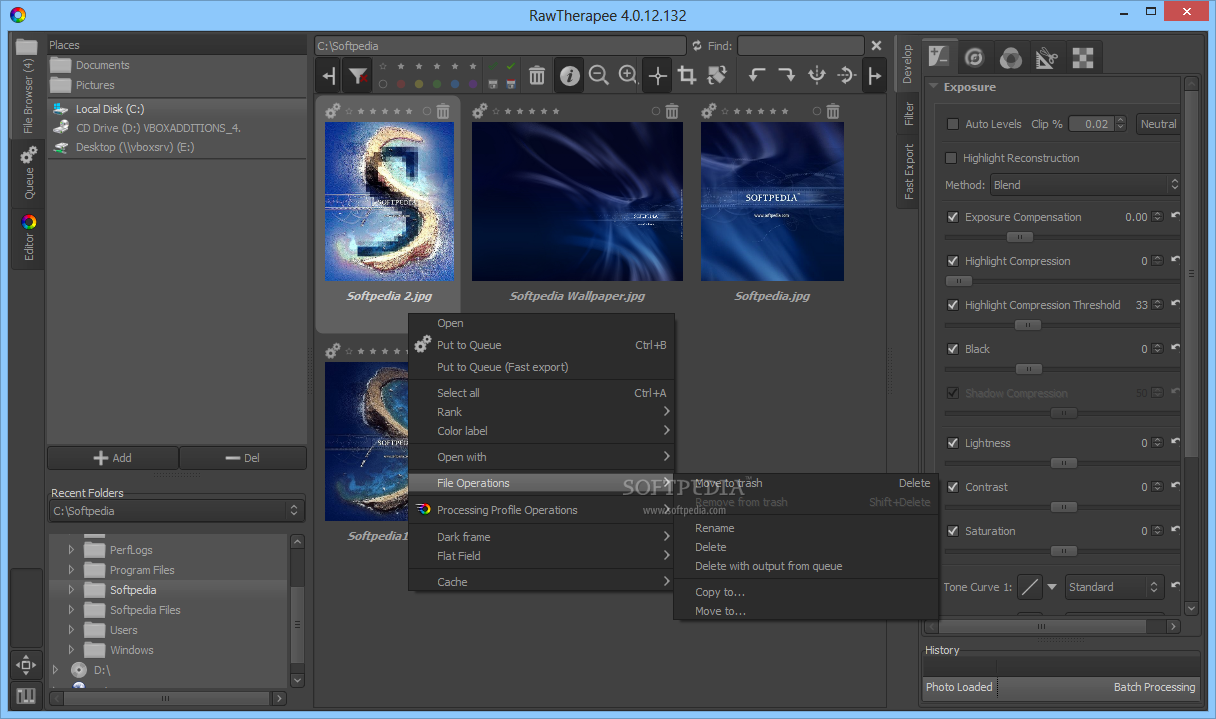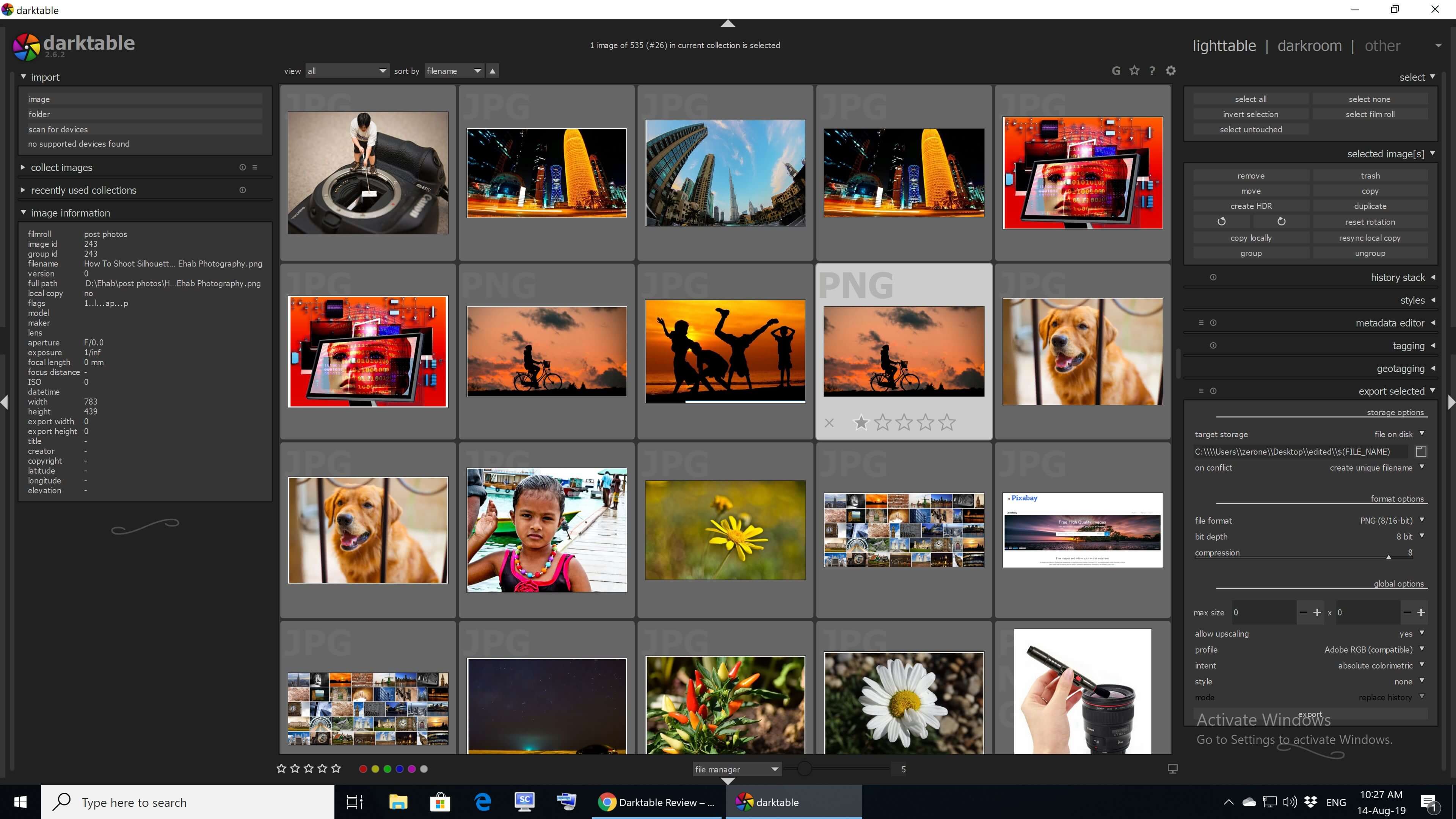

I know Lightroom has these tools built in the latest edition, and DXO got Nik itself. Which you can create another mask to smoothen and brighten. But with greater degree of control.Īn example is, you can increase the contrast and saturation of only the dress but leave the skin untouched. It almost mimics Nik Collections’ U point technology. My personal favorite combination is drawn and parametric with hue channel. I have used masks in the past but DT takes it to the next level. Also, I will not compare against any other editors like Lightroom, since I don’t think I can add value there. But these will be specific to my workflow.įor example, I will not speak anything about the DAM/catalogue features since I always edit individual or batches and not bother about retaining edits. Also, there are noticeable shortfalls which I will outline so that if someone can take into consideration if they plan to move from any other Raw developer. This review will mostly be positive and beware, I am a hobbyist so if you are a Pro with 1500 images to work on a weekday my view may not apply. And the best way to put the result was, I was so impressed that I explored some Linux flavors to make a switch from Windows to Linux. It was not going to replace any of my existing tools.īut during the holiday season I had some time off, watched a bit of videos and played around a bit.

I will admit that when I uninstalled darktable within minutes of installing because:Īs a standalone, I was not pleased with the colors I was trying to check if darktable can replace a couple of them so that I can simplify my workflow. Nik Collection for colors and enhancement

Gimp - For layers/masks and simple cloning. So when darktable was made available in Windows, I was naturally curious.


 0 kommentar(er)
0 kommentar(er)
